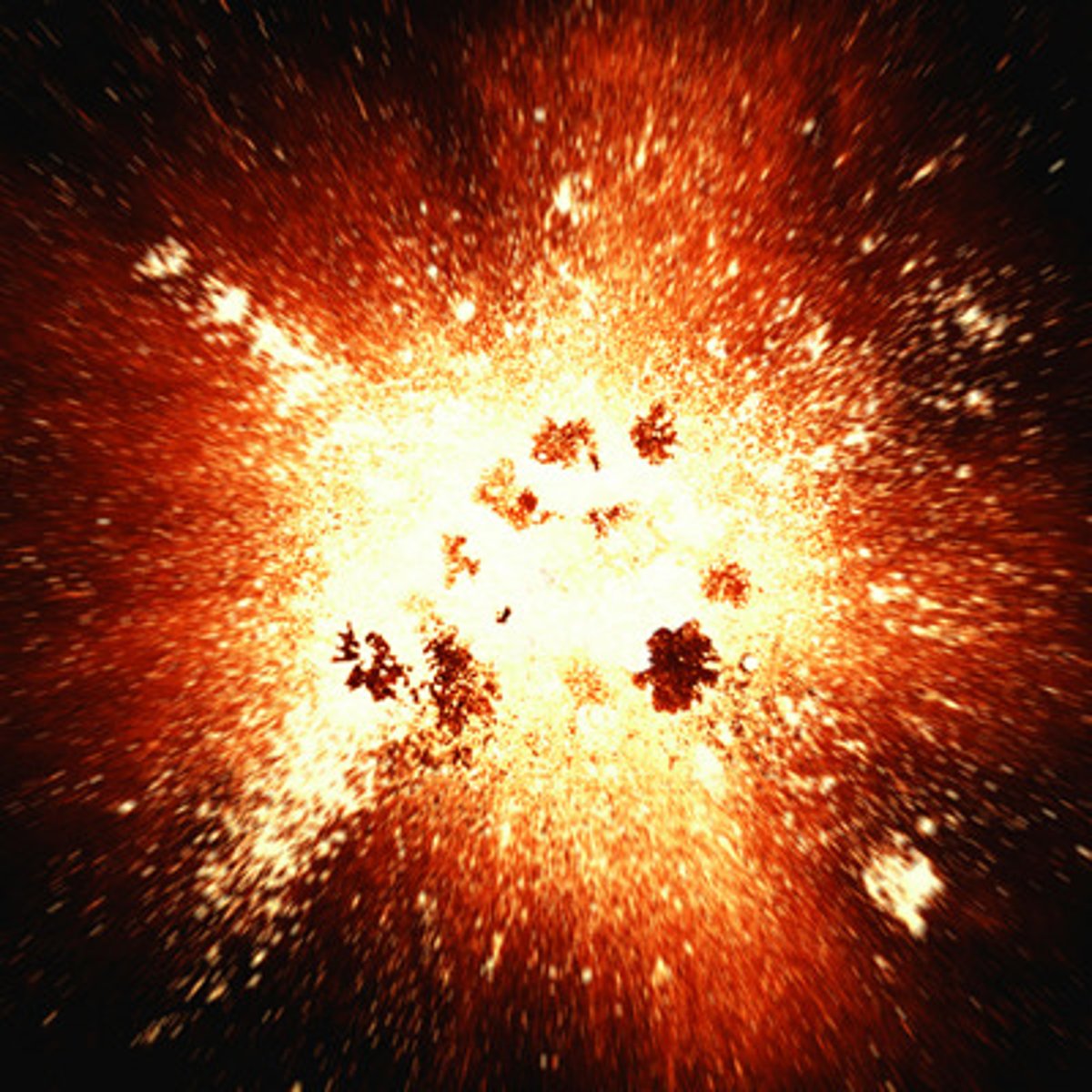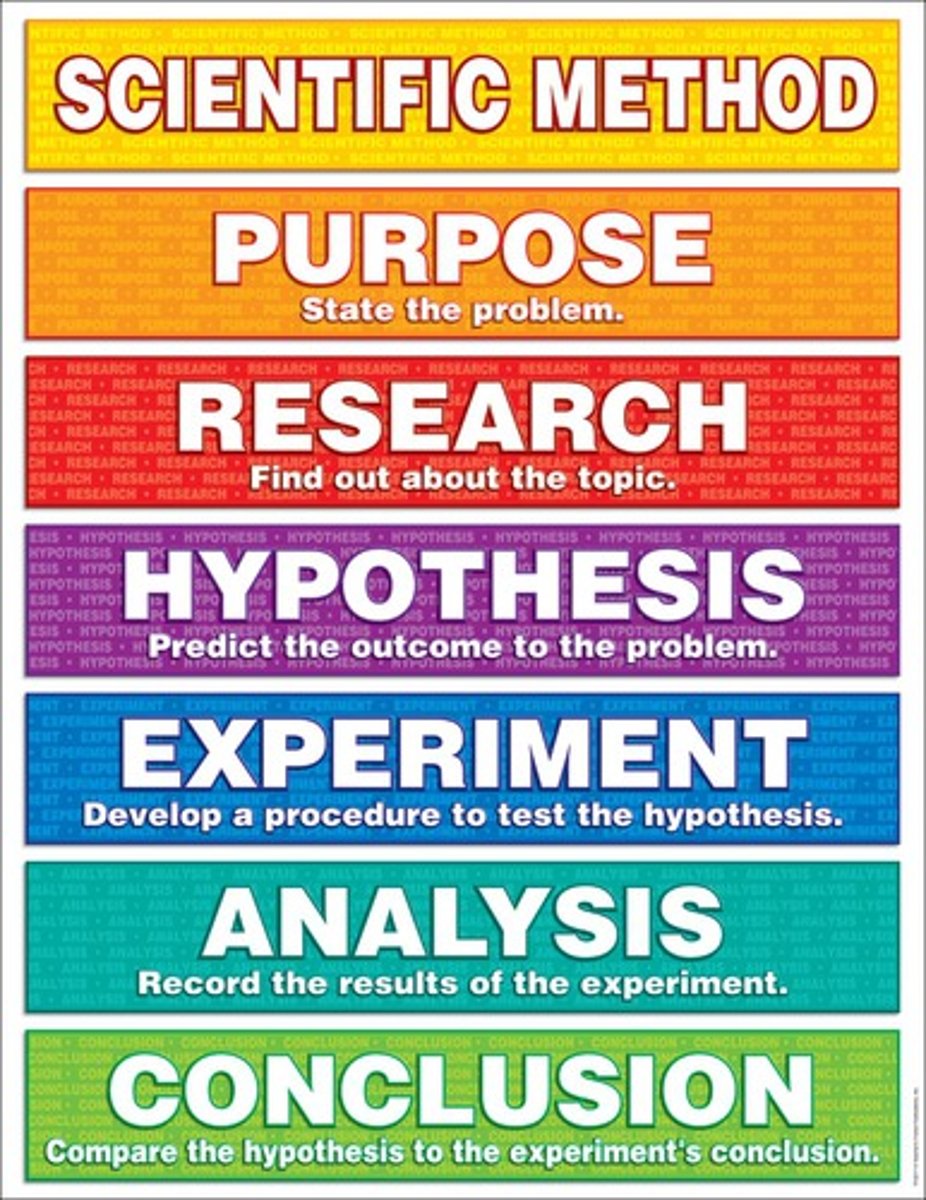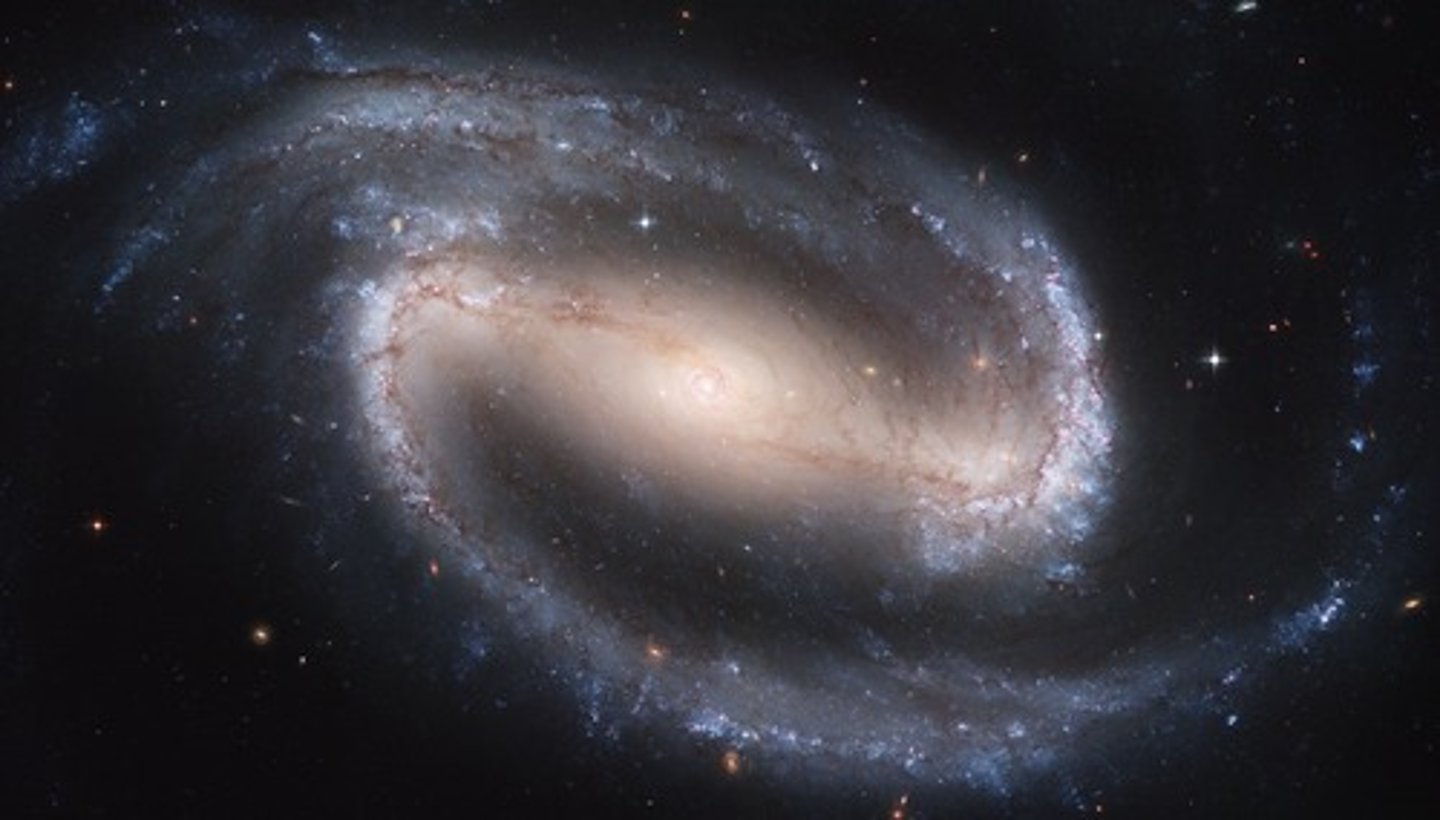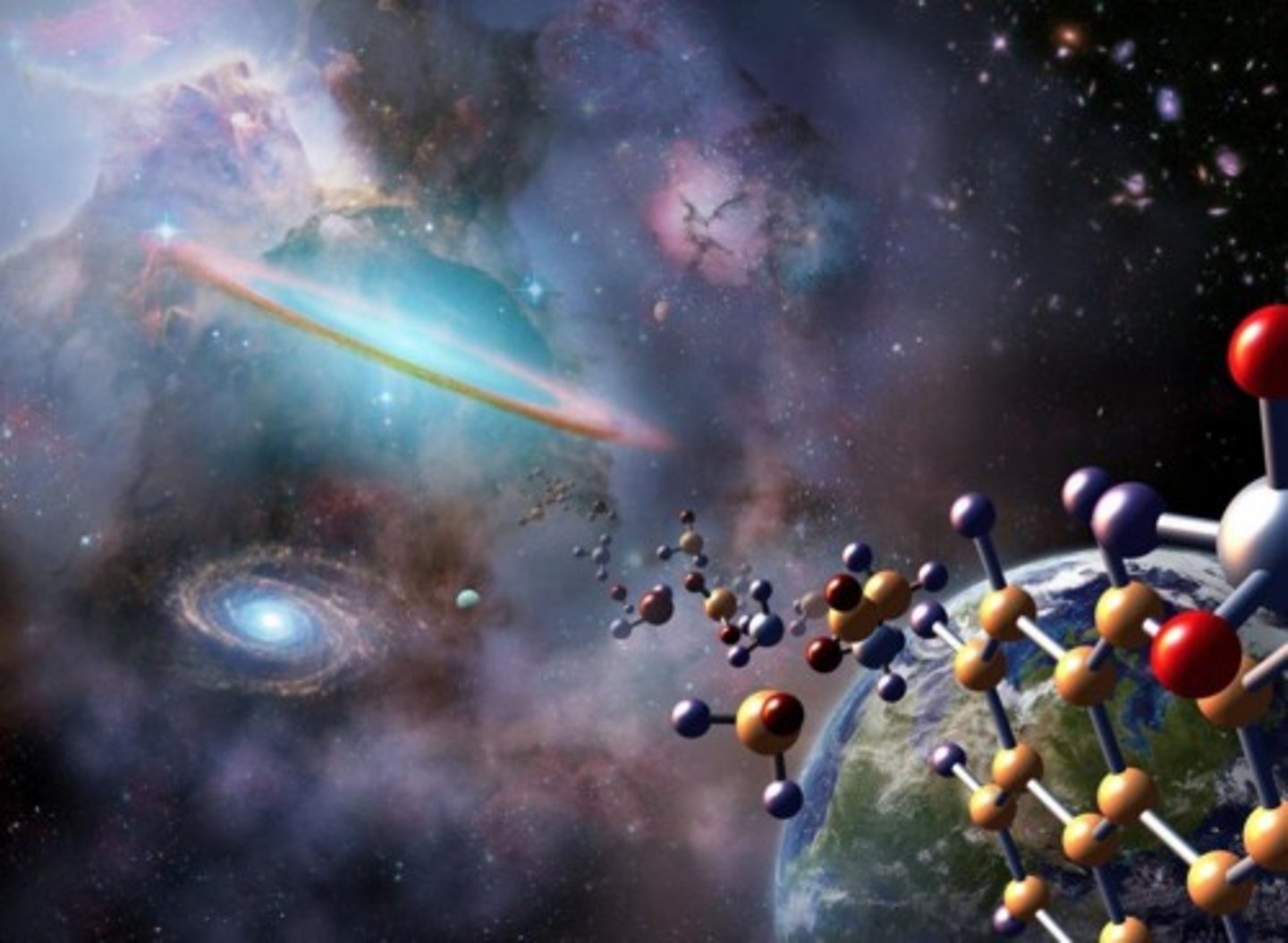Biology - Chapter 1: Origin of Life
1/29
There's no tags or description
Looks like no tags are added yet.
Name | Mastery | Learn | Test | Matching | Spaced |
|---|
No study sessions yet.
30 Terms
Cellular Evolution
single celled organisms became more complex multicellular organisms and formed specialized cells that perform different tasks
The solar system formed
4.6 billion years ago

Scientific Method
Process of testing hypotheses (educated guesses) and theories

Spontaneous Generation
belief that organisms arise from nonliving material

What is the Vitalist Doctrine?
A belief that life processes are determined by the laws of the physical universe and a vital force/principle.
According to the Vitalist Doctrine, how do all organisms arise?
All organisms arise from the reproduction of pre-existing organisms.
How did the Universe begin?
Big Bang: a massive explosion from a single, condensed initial point (singularity)

When was the Universe created?
13.8 billion years ago
How was the Solar System created
Gravity combined the contents (clouds of gas and dust) of exploded stars created from the Big Bang
When did stars form?
billions of years after the Big Bang

Origin of Life on Earth
3.5 billion years ago

How did Earth form?
Heavier materials (same gas and dust) sunk to its core and the lighter substances concentrated near the surface/atmosphere

Atmospheric Composition of Earth (present Earth)
N2 (78%), O2 (21%), H2O (water vapor: 1% at sea level, 0.4% on average), Ar (~0.1%), CO2 (carbon dioxide: .04% ), He, CH4 (methane), Ne, N2O (nitrous oxide)
Greenhouse gases
H20, CO2, CH4, N2O

As temperature increases the concentration of H2O in the atmosphere
increases
1 multiple choice option
What increases the concentration of N2O in the atmosphere?
agriculture, emissions, and sewage
Atmospheric Composition of Earth (primordial Earth)
lots of H, very little O, NH3 (ammonia), H2O, CH4
How did water vapor appear in the Earth's atmosphere?
High crust temperatures evaporated the liquid rainwater, creating water vapor and rainfall.
What occurred as the Earth cooled?
Rainwater accumulated as the Earth cooled and formed bodies of water.
What role did rain and volcanic activity play in Earth's early oceans?
Volcanic activity on land and rain water and oceans brought minerals to the surface, which accumulated in the oceans, such as salts.
What was present in the early seas?
Seas contained lots of CH4 (methane) and potentially other compounds for life.
How did cyanobacteria change the Earth's atmosphere?
They increased the concentration of Oxygen in the atmosphere
How are clays important to the building blocks of life?
Clays posses conditions for chemical reactions to create organic molecules that can create life
Special properties of clays
It stores and transforms energy and releases it as chemical energy
How did clays play a role in the formation of life?
acted as first template for self-replicating molecular systems
How long ago did bacteria appear?
3.5 billion years ago
What caused chemical evolution on Earth?
asteroids, meteorites, comets, and interstellar dust showered elements essential to life on Earth
Chemical Evolution
the gradual formation of life from nonliving chemicals

Panspermia
the theory that life on the earth originated from microorganisms or chemical precursors of life present in outer space and able to initiate life on reaching a suitable environment.

What was the problem with the Panspermia theory?
UV light would kill any organisms in space